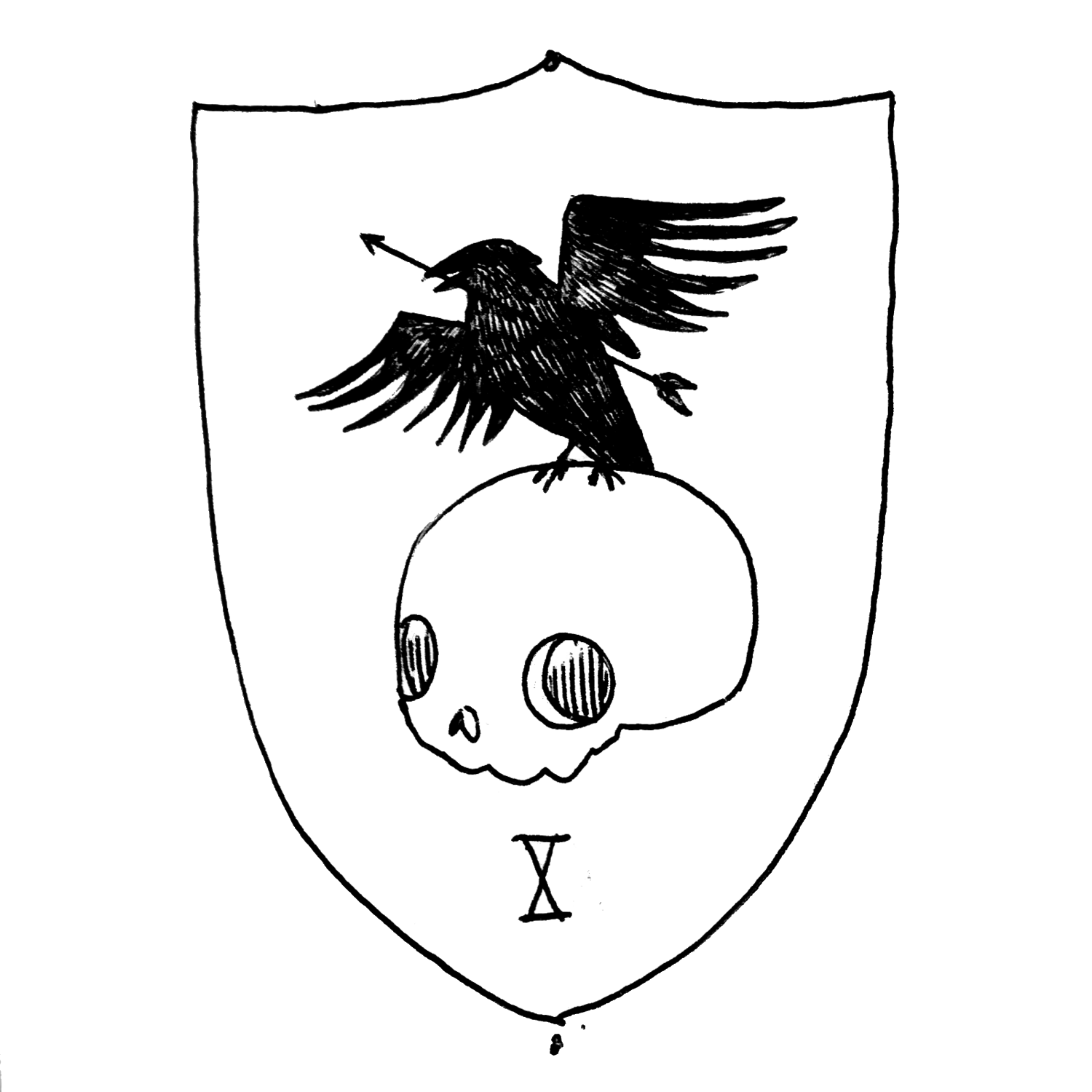Design Notes VI: Things to Kill
I started some basic playtesting. I made four characters and delved into the Barrowmaze. The adventure looks like it will work great for a solo test.
It was at the beginning of my first combat, when 3 orcs charged the party, I realized that I needed a conversion system for monsters.
To quote chapter and verse from Skerples Many Rats on Sticks Edtion:
This rules set is designed for old-school D&D-like games. It is broadly compatible with most published Old School Revival (OSR) products (i.e. equally incompatible with all of them).
Some of the traits that I have added (proficiency bonus, ascending armor class, etc) push the game further away from classic OSR D&D. For example if you pull up B/X, Labyrinth Lord, or Old School Essentials, and look at an orc, the AC is 6. Oh right, old D&D products and their clones use descending armor class and, depending on your version you might have to wander into a field of charts to determine an attack bonus or use THAC0.
The basic fix
Take the descending AC of the monster and subtract it from 20, which gives your ascending armor class. In this case, our orc is rolling with an AC of (20-6) 14. To determine the +to hit, you add +1 per HD, or use 20 - THAC0. In this case, our Orc has +1 to hit. Hit dice are the same, so he just has 4 hit points. Done.
If you want to nudge the game in the direction of 5e, creatures that are proficient with their attacks should get at least a +2 to hit. This should work well enough.
Let’s make it more complicated a 5e OSR mashup
But… I really like post 2nd edition design where monsters used the same math as heroes… we can’t perfectly do that in the GLOG, because we base a hero’s hit points on their constitution score, but we can get close. So, let’s over-design a conversion system!
First, let’s look to the AC in 5e, and use that. I think the AC in 5e make monsters a little easier to hit, and I like that. For humanoids, of course, we can adjust for the armor and weapons that they are situationally using. An orc could be wearing a chain shirt, or plate mail, depending on their rank or station.
For hit dice/HP, use the hit dice in OSR clones, or 2nd Edition D&D if there isn’t an OSR version. From there you can add a one-time constitution bonus based on the monster’s 5e constitution score. For example, an Orc has 1 hit dice, so they get 1d8 hp. But orcs in 5e have a 16 constitution which equals a +2 in an OSR stat chart. So they have (1d8+2) or 6 hit points on average.
For to hit values, again, you can take the ability score they use for attacks and run it through the OSR modifier array. If a monster is proficient in the attack (they likely are) then you add an additional +2 to represent their proficiency bonus. An orc has 16 strength in 5e, which equates to a +2 in OSR games. We assume the orc is proficient with whatever weapon he is using, so Orcs have a +4 to hit. If a creature has a high number of HD, its proficiency bonus would increase +3 at 5 HD, and +4 at 9 HD.
For damage, I am not adding any bonuses, just straight dice rolls. This might make the game too lethal.
For saves, you can, again, use the bonuses the 5e stats would get in an OSR system. I generally take the top two or three and then assign an “else” category which is an average of the remaining stats. For an orc, it would be Str +2, Con +2; Else +0.
Comparisons
Here is how the two monsters stack up.
The advantage of the OSR version is that it takes about 3 seconds to convert, while the hybrid method takes two sources and 5 minutes, it’s short, but it’s not something that you can execute on the fly. The Hybrid method, however, feels more real, if that makes sense. With the hybrid method, there are mechanical differences between different monsters, that aren’t reflected in OSR products: bandits, orcs, pirates, and other 1 HD creatures are almost clones of each other.
Whether or not these differences are noticeable by the players is another thing. Time for some actual playtesting.
Crave more? You can see my initial thoughts on the Fighter, Thief, Wizard, and Cleric.


